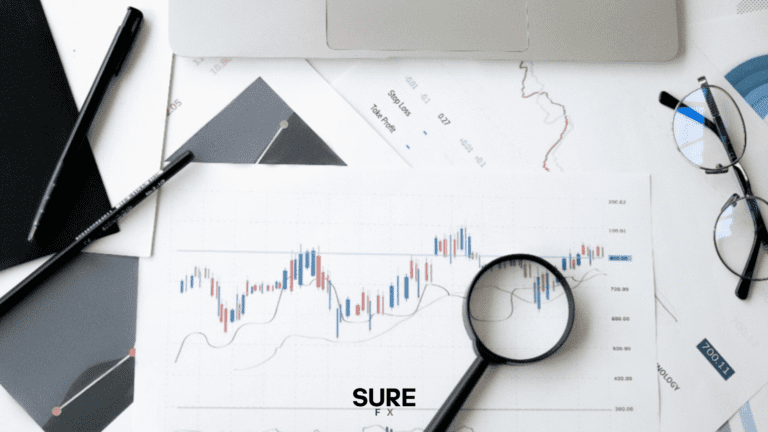A
fter mentoring Forex traders for over 8 years, we’ve seen many come and go. However, we’ve also noticed key patterns among those who make significant progress. In this article, we’ve outlined the eight essential steps that traders need to follow to enhance their skills in Forex trading and, hopefully, start turning a profit in the Forex Market.
- Choose Your Market
The first decision every Forex trader must make is selecting the market they want to trade in. Whether it’s currency trading, stocks, or Futures, each market has its own advantages and disadvantages. Ultimately, the choice should reflect your personal preferences and fit within your lifestyle.
For example, if you have a demanding day job and can’t actively monitor your trades throughout the day, day trading stocks might not be ideal due to the market’s 9-to-5 schedule. On the other hand, the Forex Market is open nearly 24/7, offering greater flexibility for Forex traders.
You might also consider swing trading, which allows you to take a more long-term approach and only check your trades once a day. Choosing the right market is crucial because it will directly impact how effectively you can manage your trades and monitor your positions.

- Develop a Trading Strategy
The next step is finding a Forex trading strategy. A simple search online reveals countless strategies, but how do you know which one is right for you?
In the first 9 to 18 months of your Forex trading journey, it’s important to experiment with different strategies to understand the various approaches to timing, managing, and exiting trades. We recommend trying out a new strategy every 3 to 4 months. This gives you enough time to fully explore each one and gain a sense of what suits your style. After testing 3 to 6 strategies, you should have a better idea of what feels right for you—not necessarily the strategy that will make you the most money, but the one that aligns with your mindset and approach.
A complete Forex trading strategy should include:
- Entry rules
- Stop-loss and take-profit rules
- Exit rules
- Trade management guidelines
- Risk management strategies
Many beginners focus too much on entry points and neglect other essential parts of the strategy. Failing to plan for how to manage trades once you’re in them can lead to losses, even if your entries are solid. Remember, Forex trading is about having a well-rounded plan.
- Commit to One Strategy
At some point, you’ll need to stop experimenting and settle on a strategy. It’s important to understand that no strategy will instantly make you money. Successful Forex trading is a process of refining your strategy and adapting it to the specific market conditions of the Forex Market.
In the beginning, even with a complete strategy, you may not execute your trades perfectly. This is normal. The key is to remain disciplined and avoid abandoning your strategy after a few losing trades. Often, it’s not the strategy that needs to change—it’s your ability to execute it consistently and without emotional interference.
Many traders mistakenly believe that a winning strategy should never lose, but all systems experience losses. Accepting this reality is a vital step in your development as a Forex trader.
- Learn from Your Mistakes
Regularly reviewing your trades is an essential part of improving as a Forex trader. By analysing your past trades, you’ll often discover that many losses are the result of breaking your own rules. While occasional losses are inevitable, a lot of mistakes happen when traders deviate from their strategies, especially in the early stages.
This is actually good news—it means that you don’t necessarily need to change your strategy, but you should focus on improving your discipline, emotional control, and decision-making process. A thorough trade review can also highlight issues with your strategy, such as placing a stop loss too close to the market, causing unnecessary losses.
- Back Test to Accelerate Learning
Back testing is a powerful tool that can accelerate your learning curve. It involves reviewing historical market data and applying your strategy’s rules to see how it would have performed in the past. This allows you to evaluate metrics like win rate, average trade signals, and the ideal reward-to-risk ratio.
Back testing also helps improve your pattern recognition skills. As you analyse more historical data, you’ll get better at identifying trade setups and making quicker decisions in real-time Forex trading. We highly recommend dedicating time to back testing whenever you can, even during small breaks.







